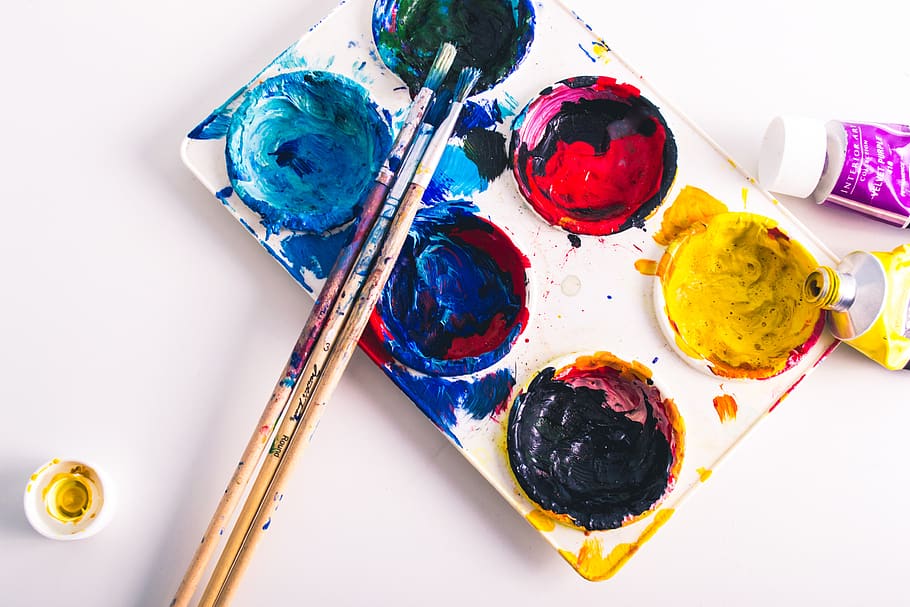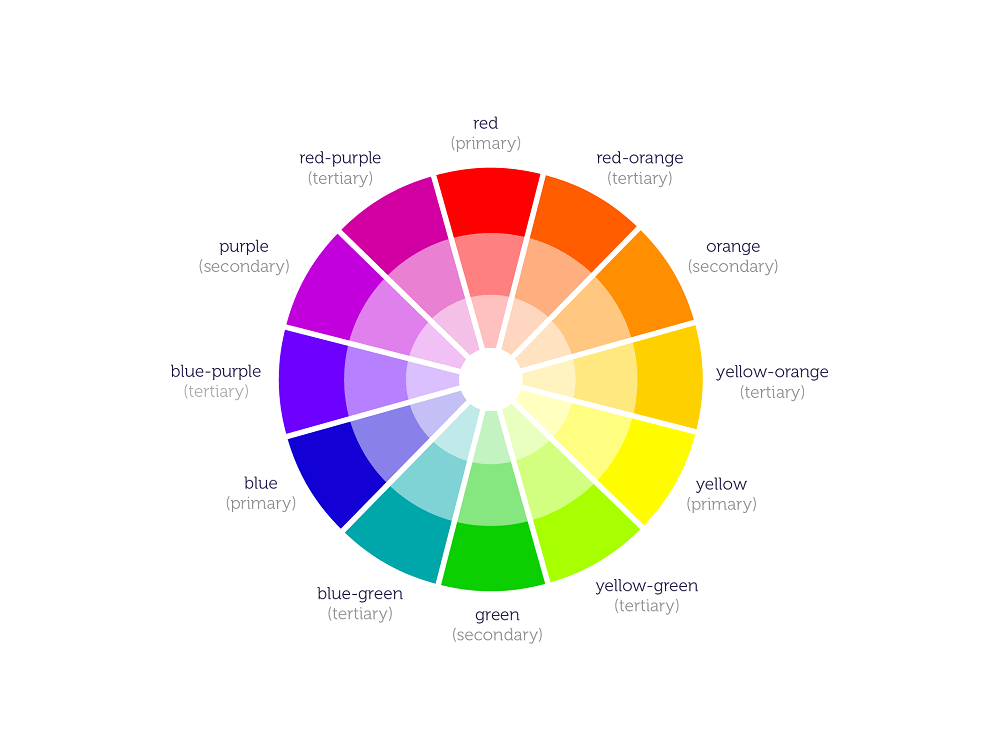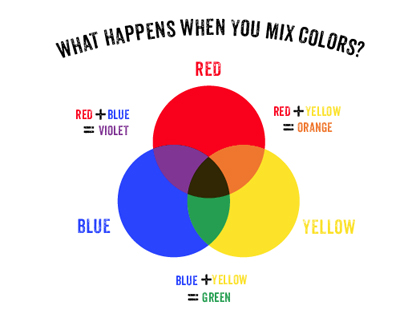What Colors Make Sage Green?
Are you curious about what colors make sage green? Stick around as we share with you the answer along with some info about this popular color.
Maybe you want to replicate the light mossy green of dried sage leaves in your artwork, or perhaps, you desire that rustic, country look to upgrade your interior walls.
Whatever the case, knowing how to create the color sage green will help you arrive at your desired result.
With the obvious resurgence of near-neutral shades in interior landscapes, it is not impossible to find yourself in need of this hue.
Sure, while ready-made paint can be bought at your convenience, knowing what colors make sage green can help you recreate it easily in case of touchups or if you prefer DIY projects.
To help you with that, here is a brief discussion on how to make sage green by simply mixing colors.
Read on.
How Does Color Mixing Work?
Have you ever had one of those days where you’re in the flow, creating beautiful art, and painfully discover that you’ve run out of the color you need?
What did you do? What other art materials did you use instead to make the color you needed?
If you’ve tried to combine certain colors together to achieve your target hue, what you’ve done is called “color mixing.”
In the field of visual arts, this necessary practice brings variation to artwork in order to create a particular vibe and accurately demonstrate what an artist wants to present.
When mixing colors, artists and designers alike turn to what we call the “Color Wheel” to arrive at a desirable color outcome that matches their needs.
What Is the Color Wheel?
As the name suggests, the Color Wheel refers to “a wheel of colors” which demonstrates the relationship between each hue. Interestingly, its history can be traced back to 1666, when Isaac Newton plotted the color spectrum onto a circle.
To date, the color wheel is regarded to be the basis of Color Theory, which helps artists and designers understand color combination as both an art and science.
Within the color wheel, hues are arranged logically to show how each color relates and interacts with one another.
Specifically, in this arrangement, colors are divided into three categories: primary, secondary, and tertiary.
When we speak of primary colors, these refer to red, yellow, and blue. In traditional color theory, these hues are identified to be the parents of all other colors. This means that all the succeeding hues can be created using only these three.
On the other hand, secondary colors are those that are formed when you mix two primaries together. These include the colors…
-
- Green = created when you mix blue and yellow
- Orange = is created when you mix red and yellow
- Purple = is created when you mix red and blue
Lastly, tertiary colors are the “children” of primary colors and secondary colors. Specifically, they are:
-
- Vermilion = when you combine orange with red
- Magenta = when you combine red with purple
- Violet = when you combine purple with blue
- Teal = when you combine blue with green
- Chartreuse = when you combine green with yellow
- Amber = when you combine yellow with orange
What Colors Make Sage Green
Now that you’ve been introduced to color mixing, it may be easier for you to guess how to create the color sage green.
Basically, since this color is a light mossy green with a bit of gray, you should first start with a base of blue and yellow to create green.
Once you’ve created green, you can add gray and adjust the mixture to find the right color balance that will lead to your desired sage green.
Since yellow helps warm up a color, adding more yellow to the mixture will create a warmer result. On the other hand, if you want to achieve a cooler hue, you can add more blue to the mixture.
Note that more yellow usually leads to a mossy green result while more blue promises a somewhat teal color. Depending on your desired result, you can adjust the color combination until your target shade of sage green shows up.
You may also tone down the color by adding pink or fuchsia into the mixture, or you may intensify it by adding more yellow and blue to give it more life and power.
The Bottom Line
Have you uncovered your desired shade of sage green? Embrace the color of nature and bring a rustic vibe into your artwork or interior by mastering the art of color mixing. Relaxing, natural, and soft to the eyes, this earthy tone is sure to help make your style even more appealing.
To learn more, don’t hesitate to experiment using your art materials and read more about different color combinations today. We hope you enjoyed our article about what colors make sage green. Cheers!
Read Latest Posts

Hi, I'm Anthony Tran! Welcome to my site. I live in Arizona and am obsessed with all things related to building an Online Business and working from home. Learn about my journey here.
Follow Online






